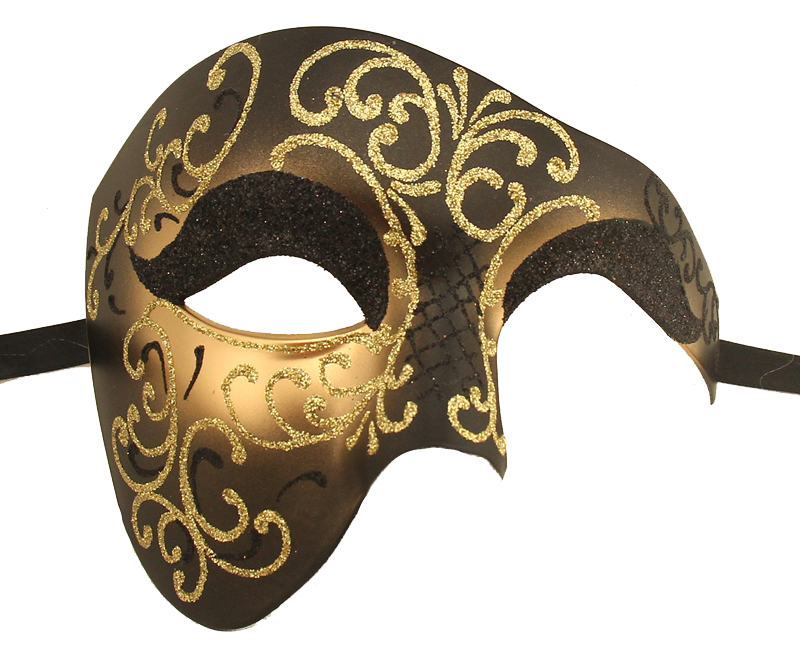

Separating out the channels, and pulling up the G and recreating a new B-channel to have all this then recombined in PixelMath has also sadly introduced a lot of noise. Processing: PixInsight (Mac) - ‘fake’ Hubble palette Guiding: OAG, ASI290MM, ASIAIR Pro + dither (#1image/10px) Scope: TS-94EDPH APO (FL 414mm / 517mm with 0.8x corrector) The Phantom of the Opera is (still) there … inside my mind 😉 getting a little bit carried away with my imagination 😉👻… the graininess in the background is like the falling debris at the end of the opera. Separating out the stars to obtain a Starless-version, I’ve ran the processing about 4-5 times, each time trying out some different settings, learning from the experience, getting drowned in the background noise, and trying to row with my boat amidst the falling debris of the Opera 😳🙄😂. But I wanted to bring him out of the mirky shadows of the dungeons of the opera into the light and into the colours.Īpplying some processing techniques to bring this to a ‘fake’ Hubble palette, the grim mask now stands out from the background of space. With the L-Extreme, you mainly get Ha and OIII, and as this is mainly an Ha region, the original image is dark red …. The Phantom of the Opera is there … inside my mind. It is located in the constellation of Cassiopeia in the Perseus arm, one of the main arms of our Milky Way.ĭue to its resemblance to the masked main charakter of Andrew Lloyd Webbers musical, the nebula is often called the "Phantom of the Opera" nebula” Quote “SH2-173 is a HII region with a diameter of 77 light years, approximately 8800 light-years away from Earth.

Sh2-173 CAS The Phantom of the Opera Nebula.

2021 - Sh2-173 CAS The Phantom of the Opera Nebula - a fake Hubble mask, listening to the music of the night …


 0 kommentar(er)
0 kommentar(er)
